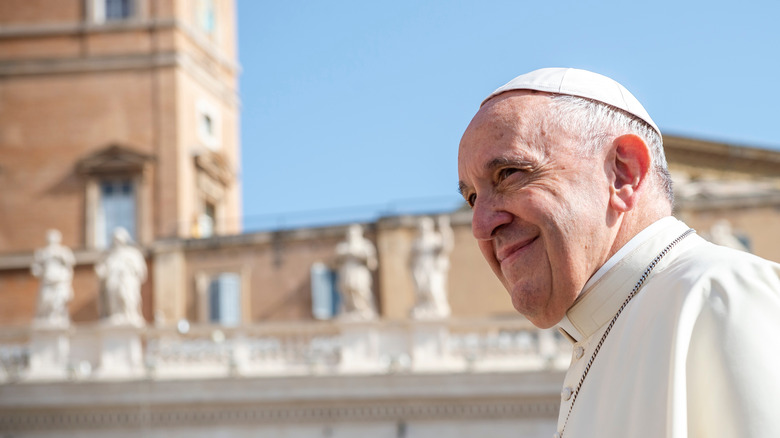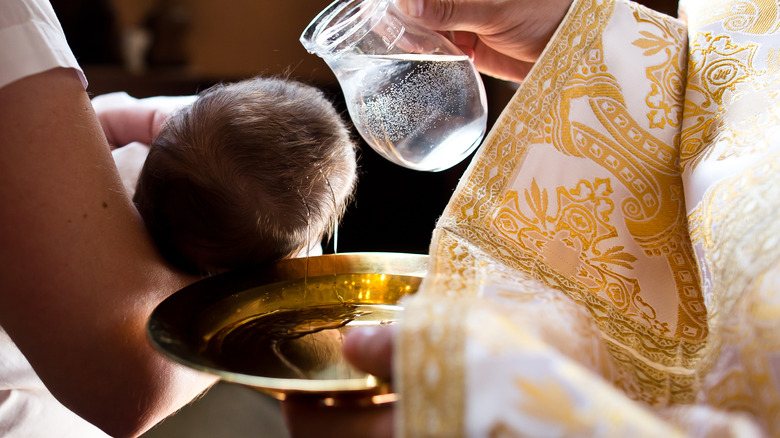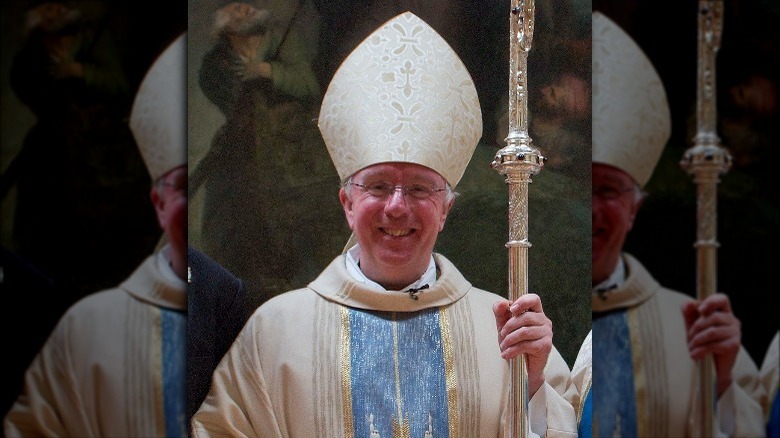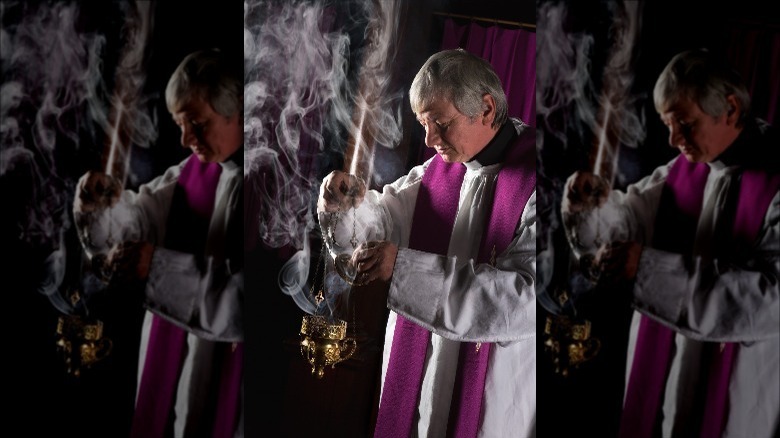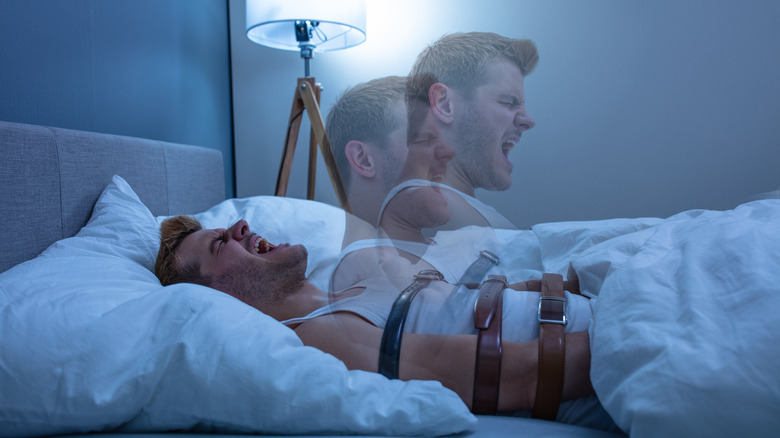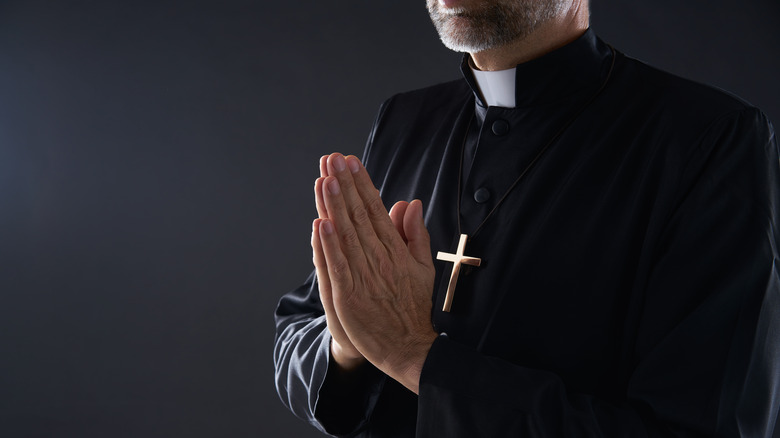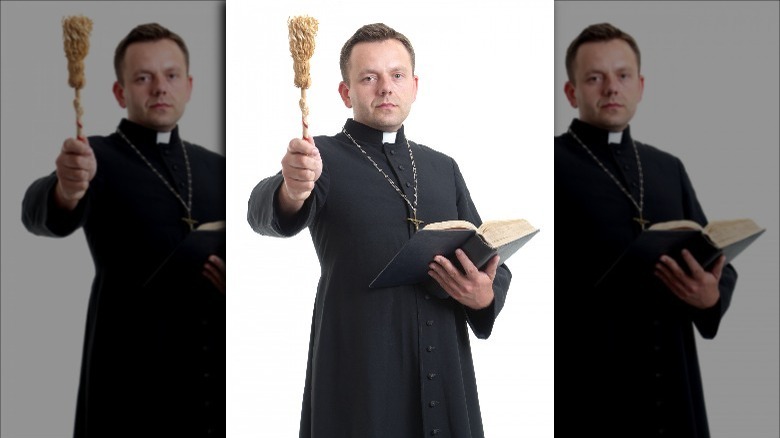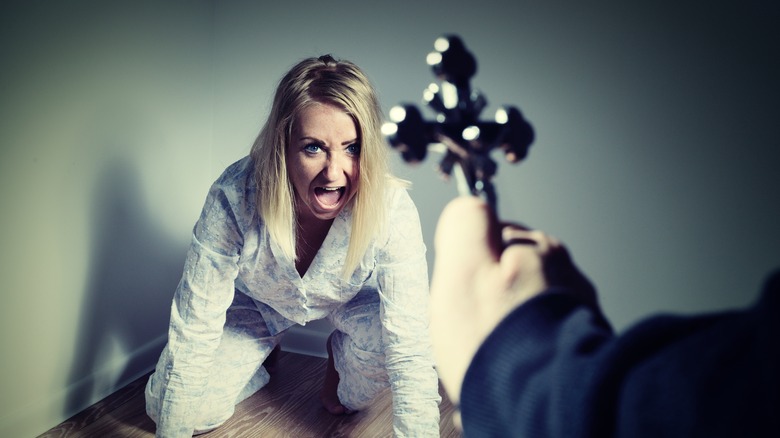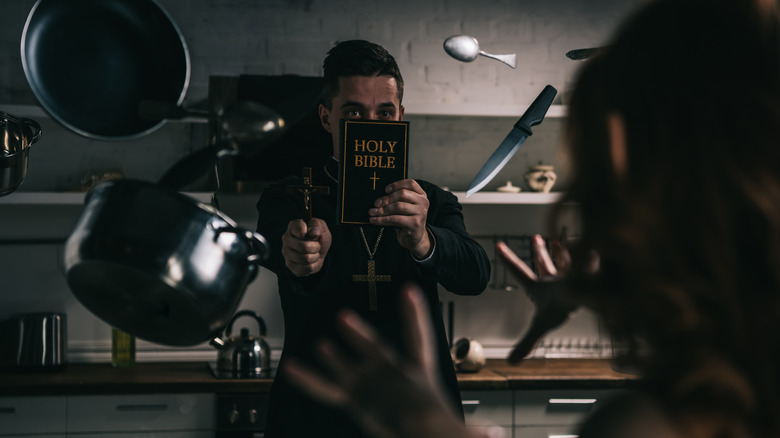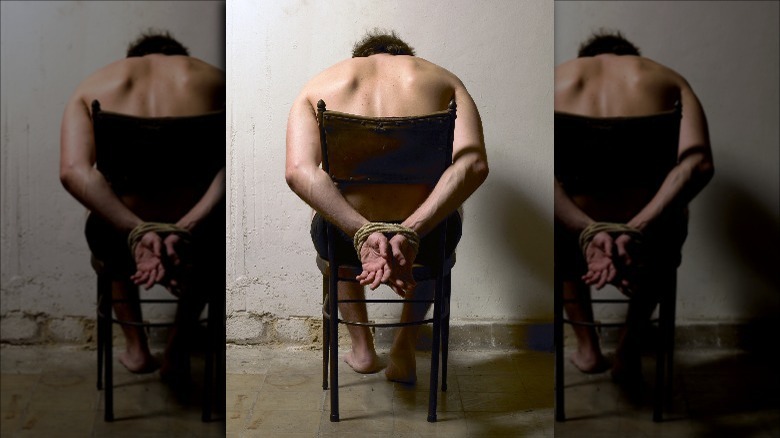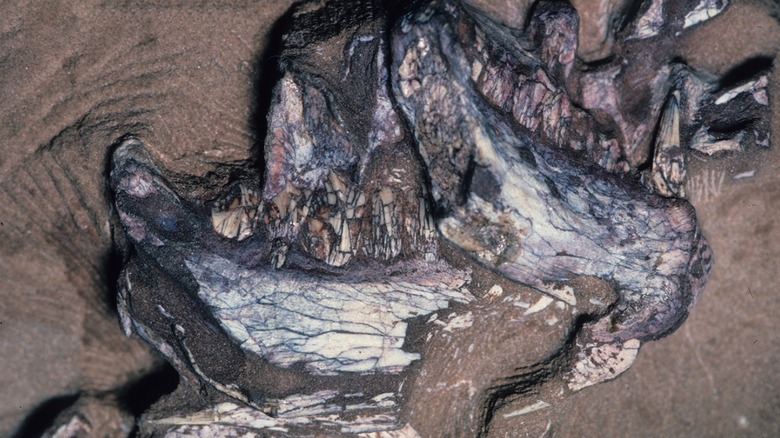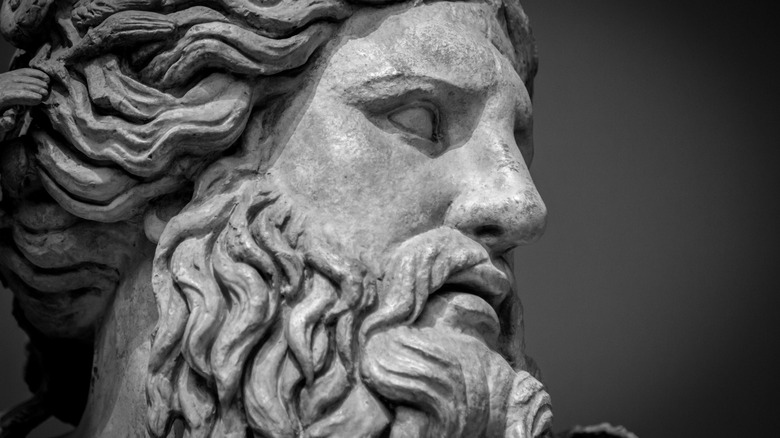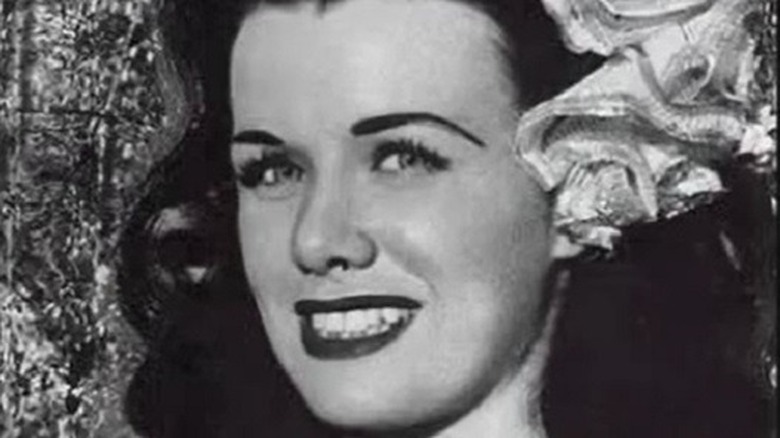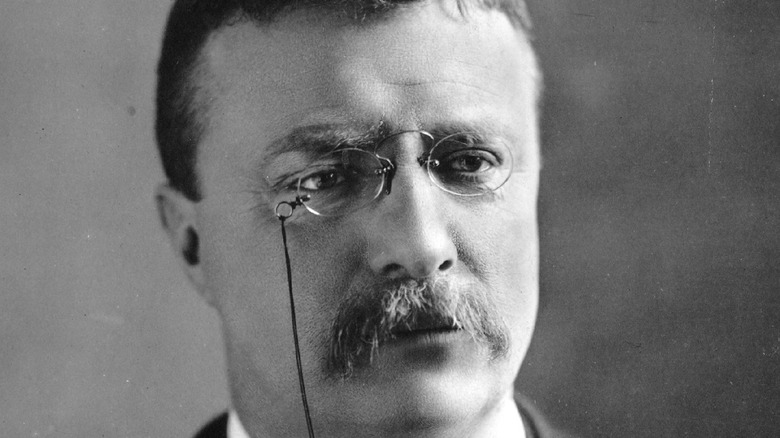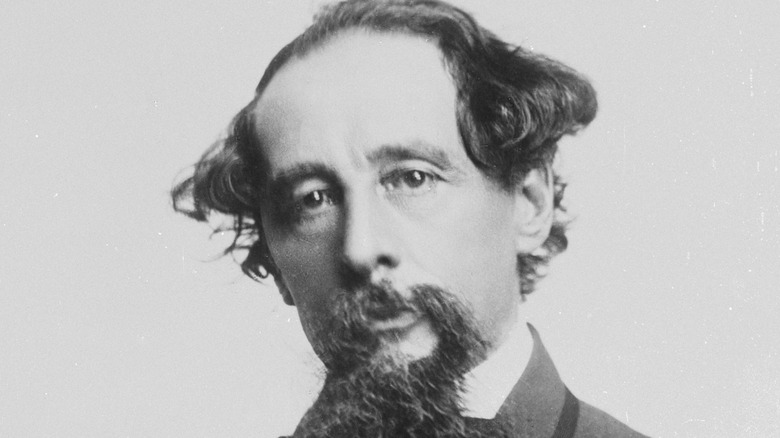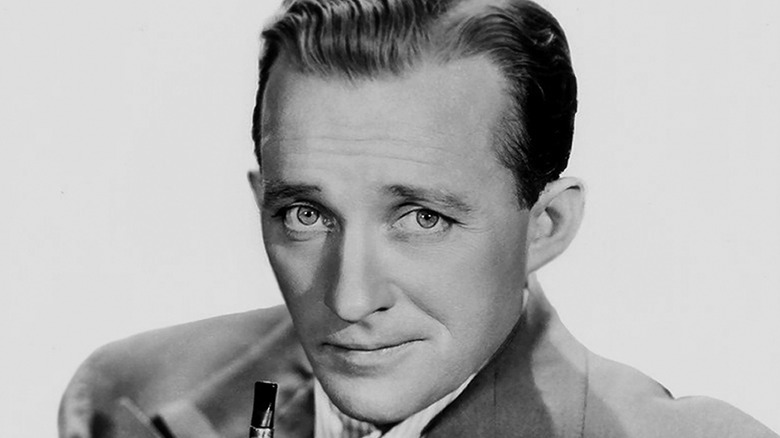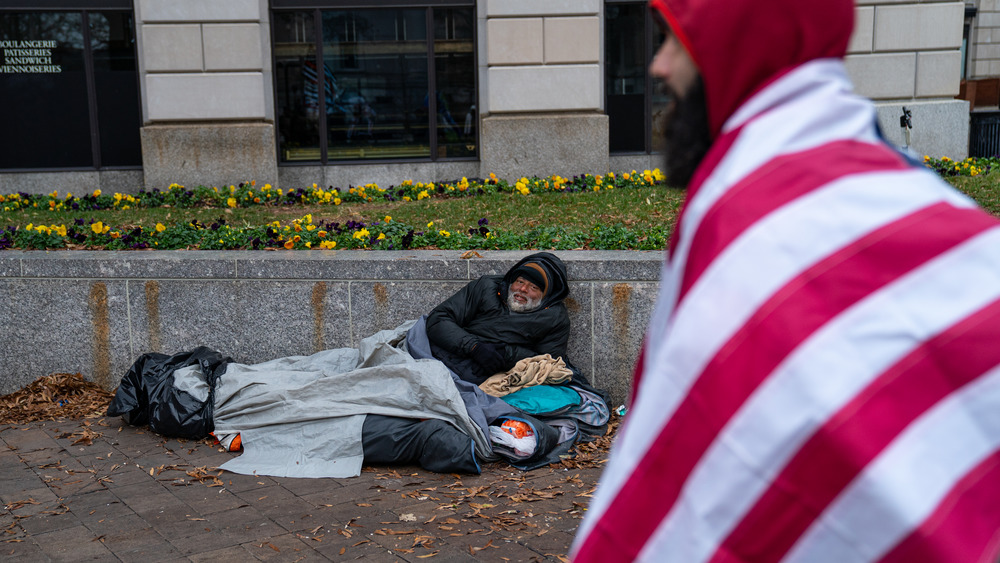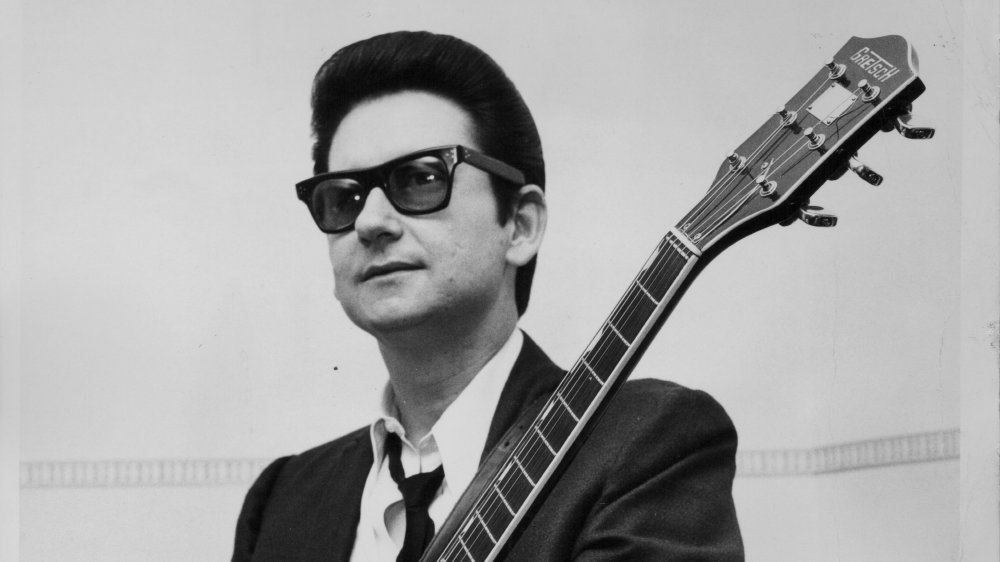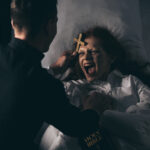
What Actually Happens When You Request An Exorcism
When you hear the word “exorcism” you probably think of the classic 1973 horror film with the head-spinning, spider-walking little girl. You might think that the idea of demonic possession and a holy ritual designed to cure it is a relic of a long-gone age and something you’ll only find in horror movies. But exorcism is alive and well in the modern age — in fact, exorcisms are increasing in frequency, and in some cases you can request one online.
Exorcism has been part of the Jewish and Christian tradition for thousands of years. In the early days of Christianity, the ability to drive out demons was seen as a supernatural ability that could show up in anyone, but by 250 A.D., the job was restricted to a special order of priests. There’s a whole area of canon law governing how and when it’s done, and it’s actually a lot more common than you’d think: An exorcism is technically performed every time a child is baptized.
The fact that exorcisms are actually kind of common doesn’t change the fact that for most people, the whole process is a little mysterious. If you’ve always wondered how demons are actually driven out of people, here’s what actually happens when you request an exorcism.
The Vatican's guidelines are consulted
The first thing to understand about exorcisms is that this isn’t the equivalent of a spiritual Wild West — there are complex, specific rules governing how and when an exorcism can be performed. But according to Britannica, exorcism was initially a pretty loose concept that could be performed by just about anyone. In fact, it took the Vatican more than 1,600 years to codify the guidelines of exorcism — according to LiveScience, the first official exorcism guidance for priests was released in 1614.
These guidelines cover both how to determine if an exorcism is needed — in other words, how to decide if you’re actually dealing with demonic possession — and the procedure to follow. As you might imagine, rules written in the 17th century did not age particularly well. As reported by the Los Angeles Times, in 1999 the Vatican revised the exorcism rules for the first time in nearly 400 years.
According to the Guardian, some of the changes had to do with acknowledging centuries of advancement in our understanding of mental illness. The guidelines list various symptoms of possession, like speaking in unknown languages or displaying supernatural strength, but the updated version instructs priests to consider the possibility that the subject is sick, not possessed.
The type of exorcism needed is determined
If your only knowledge of exorcisms comes from horror movies, you might think that every time a priest shows up to perform the ritual they prepare to engage in an epic struggle of wills. In reality, there are actually two kinds of exorcism that are used for different scenarios.
Aleteia explains that exorcism isn’t necessarily defined as battling a demon — it’s a more general concept focused on driving out or protecting someone from evil spirits. That last part is important, because, according to the United States Conference of Catholic Bishops, every time a baby is baptized, an exorcism — known as a simple or minor exorcism — is performed. That makes sense, since the whole point of being baptized is to be accepted into the Church with a clean slate. That’s why godparents stand in for the infant and explicitly reject Satan. It’s also important to note that simple exorcisms can also be employed by anyone of faith. You don’t need a priest to perform one — anyone can recite a set of prayers.
Demonic possession calls for a major or real exorcism. As How Stuff Works explains, in a real exorcism a priest is convinced the Devil is literally inhabiting someone or something and must be driven out. This is the ritual that most of us think about when we hear the word “exorcism,” but it’s much less common and can only be performed by priests.
An investigation is performed
The Catholic Church knows that some people would use exorcism the way some people call 911 whenMcDonald’s messes up their order. They don’t want to be performing complex religious rituals just because your toddler can be described as demonic or because you don’t recognize someone’s native language and think they’re speaking in tongues. So when you call up the Church and request an exorcism, one of the first things they do is perform an investigation.
How Stuff Works explains that this involves going through the Vatican’s official checklist of signs and symptoms of demonic possession, then digging into alternative explanations. Basically, the Church starts off skeptical of any claims of possession and is very cautious about accepting people’s narratives at face value. Mental and physical illness can often explain someone’s supposedly possessed behavior. Sometimes it’s simply fraud, whether for the attention or for some other motive.
Obviously there’s no CSI-style lab test for determining if someone has a demon inside them cooking up mischief, so what’s the standard of proof that a priest has to meet in order to proceed with an exorcism? According to the United States Conference of Catholic Bishops, the investigating priest must determine “with moral certitude” that an exorcism is needed. This is by necessity a personal decision. Unless they’re swarmed with flies while the walls bleed, the priest has to just rely on common sense and their gut.
Psychiatrists and physicians are consulted
Throughout history, demonic possession has been blamed for a wide range of behaviors we’d recognize as mental or physical illnesses today. Even today, mental illness and the emotional and mental toll of chronic pain can often be invisible to loved ones and acquaintances, and understanding of mental illness isn’t always great.
To avoid confusing illness with demonic possession, the United States Conference of Catholic Bishops explicitly instructs priests investigating possible possessions to seek the advice and assistance of both mental and physical health professionals to rule out illness as a cause. But, as How Stuff Works points out, one problem is a lack of psychiatrists who take such cases. Psychiatrist and professor Richard Gallagher notes in an article for the Washington Post that the American Psychiatric Association has no official position on demonic possession, leaving it up to the individual mental health professional to decide whether they want to work with a priest on a potential case of demonic possession.
It’s important to note that the final determination is up to the priest and the Church. Even if a psychiatrist or physician concludes there’s a medical reason for certain behaviors, the priest can disregard their opinion and proceed with the exorcism. The Church guidelines only require the investigating priest to consider all possibilities.
An exorcist is appointed by a bishop
According to How Stuff Works, if a priest concludes his investigation into a possible case of possession and decides it’s valid, he reports up to his boss, usually the diocesan bishop. Aleteia explains that only a bishop (or someone higher up on the Catholic food chain, like an archbishop, cardinal, or the Pope himself) can officially sanction an exorcism. Then a priest — usually (though not always) the same one who performed the investigation — is appointed to act as the exorcist.
One challenge here is that the overwhelming majority of priests have never performed a major exorcism, the version of the rite reserved for cases of demonic possession. In fact, according to writer Michael W. Cuneo, there aren’t very many trained exorcists at all — in 1996 there were just 10 in the United States, and it’s estimated there are fewer than 300 worldwide (Boston.com reports that the number might be as high as 400). Considering there are more than 1 billion Catholics in the world, that’s an astonishingly small number. That said, exorcists traditionally keep their activities secret and the Church has no official records of trained exorcists, so it’s possible there are more working behind the scenes.
The exorcist is purified and suits up
While the movies make it seem sort of like a magical battle between light and dark wizards, it’s crucial to keep in mind that exorcism is a religious ritual. And since it’s essentially a battle of good versus evil, its not terribly surprising that the priest appointed to perform the rite has to be in the best possible shape.
Esquire explains that preparation for an exorcism includes the priest going through a purification process. This involves spending several days celebrating mass and confessing, with the idea that the priest must purge themselves of sin. The belief is that if they haven’t, they aren’t in control of their sins and thus these sins can be used against them by a crafty demon. Without the purification process, there’s a fear the demon might overwhelm the exorcist and actually possess them.
Once that process is complete, the priest suits up in the proper vestments. According to the BBC, that means wearing a white, embroidered tunic called a surplice, along with a purple stole. Like everything in the Catholic Church, these vestments are filled with symbolism. According to Busted Halo, the purple stole symbolizes God’s healing power.
The possessed are restrained
Anyone who’s seen any movie with the word “exorcism” in the title knows that these rituals can get pretty hairy for all involved. When you’re talking about a battle of good versus evil, it’s not surprising that there can be violence. As author John L. Allen notes, people possessed by demons often exhibit a violent reaction to holy objects, so restraining them can help avoid trouble when the priest produces a crucifix, holy water, or other holy items.
So it’s also not too surprising that, according to Catholic Online, the next step in an exorcism is often to bind or otherwise restrain the possessed. This isn’t actually required and is left to the discretion of the priest, who can decide whether there’s a need for restraints. As reported by Huntington’s Outreach Project for Education, it is sadly common for restraints used in exorcisms to cause injuries to the possessed. And, of course, many exorcisms are performed on unwilling subjects — whether because the demon possessing them resists being cast out, or because they’re suffering a physical or mental malady that makes the experience terrifyingly distressing. In either case, the potential for violence makes restraints something the priest must consider.
Two kinds of prayers are used
Contrary to movies and other fictional depictions, exorcisms are not typically action-packed. Not only is the subject typically restrained, but the ritual of exorcism is essentially just one guy talking.
The Madison Catholic Herald explains that an exorcism is a sacramental, not a sacrament. That means that it’s a liturgical rite created by the Church, not directly by Jesus Christ through his words and actions. A sacramental has two basic components: prayer and a symbolic action. When a priest performs an exorcism, he recites a series of specific prayers. According to How Stuff Works, these prayers can be divided into two basic categories: imploring (sometimes called “deprecative”) — where the priest is asking God for assistance and blessings — and imperative, where the priest is commanding the demon or evil spirit to leave the body of the possessed.
According to the United States Conference of Catholic Bishops, the exorcism ritual has a set pattern for repeating these prayers. The priest must start with the imploring prayers, and they can skip the imperative if they wish, but they’re not allowed to use the imperative prayers without the imploring prayers. The prayers are repeated as often as the priest thinks necessary.
Ritual symbols and actions accompany the prayers
While the rite of exorcism is prayer-based, there are actions and objects that are also required in order to perform it properly. The Madison Catholic Herald explains that exorcism is a sacramental rite, which always includes a prayer combined with a specific sign. The United States Conference of Catholic Bishops notes that there are several sacred symbols and actions used in conjunction with prayer during an exorcism: water is blessed and then sprinkled in order to evoke the subject’s baptism. The holy water may also be applied to any witnesses or assistants in the room with the priest, as well as the room and furniture itself.
The priest may then lay hands on the subject while praying, and the priest may also breathe on the subject’s face in order to evoke the holy spirit. Finally, the Lord’s cross is produced and shown to the subject, who may have a violent reaction to seeing it. The priest will then make the sign of the cross, symbolizing the power of God over the Devil and his minions. According to How Stuff Works, the priest will also typically touch the subject with a holy relic associated with a saint chosen specifically for that ritual.
There are four stages
According to How Stuff Works, exorcisms follow unofficial stages that are not officially taught or endorsed by the Catholic Church, but are generally acknowledged by the priests who actually perform the ritual. Generally, there are four stages:
- Pretense, when the demon is hiding its true identity — in this stage the exorcist must learn the demon’s true name in order to have power over it.
- Breakpoint, when the demon gives up the ruse and reveals itself — tellingly, it will begin referring to the possessed in the third person.
- Clash, when the exorcist and the demon fight for the soul of the possessed.
- Expulsion — if the exorcist triumphs, the demon is expelled from the body of the possessed and driven away.
As noted by author M. Scott Peck, some experts believe there are actually six stages in an exorcism. According to the Witching Years, the additional stages are presence, which precedes pretense — in this stage the exorcist has detected the presence of the demon — and voice, which follows the breakpoint and involves the demon speaking with its true voice in a disturbing babel (speaking in tongues). The demon’s voice must be silenced for the ritual to proceed.
The ritual must be completed
If you’re thinking that you can begin an exorcism and then take a break when things get rough, you’re in for a shock. The priest doesn’t just shrug and go home if an exorcism fails, and an unfinished exorcism can be very dangerous for all involved.
Author Brad Steiger reports that not only does a failed or incomplete exorcism leave the possessed person still in thrall to whatever evil spirit or demon has taken control of them, it can also be a threat to witnesses or the exorcist. If the spirit is pushed out of the victim but isn’t totally expelled, it will seek another host immediately.
Even if the exorcist avoids that fate, the demon may seek revenge by physically assaulting the priest, perhaps causing serious physical injury. How Stuff Works says that there are no public records of exorcisms, and most are performed privately, sometimes without any witnesses at all, so it’s impossible to say how many succeed and how many fail.
Sometimes people die
Exorcism is a dangerous ritual — not necessarily because literal demons will attack everyone with supernatural forces, but because people’s reactions to exorcisms can be extreme and sometimes even deadly. There’s a reason that the United States Conference of Catholic Bishops requires priests to consult with medical professionals before attempting an exorcism: Someone dealing with a mental or physical ailment that is causing their “possession” symptoms needs medical treatment, not exorcism.
Unfortunately, that doesn’t always happen. The Guardian reports that it’s estimated that 1,500 child abuse cases in the United Kingdom are linked to exorcisms performed by people who believe their children are possessed. And there are cases like Vilma Trujillo’s. The BBC reports that her mental illness prompted her local pastor to perform an exorcism that involved setting her on fire, which led to her death. Seven people were found dead after a religious sect in Panama performed so-called exorcisms, and things are so worrying in Russia that the Russian Orthodox Church has warned its worshipers away from trying to perform exorcisms on their own, according to Newsweek.
Most of the examples of exorcisms gone wrong don’t involve priests trained to investigate and deal with cases of suspected demonic possession, but they underscore the very real danger that every exorcism carries.

The Reason You Can't Visit The Statue Of Liberty's Torch
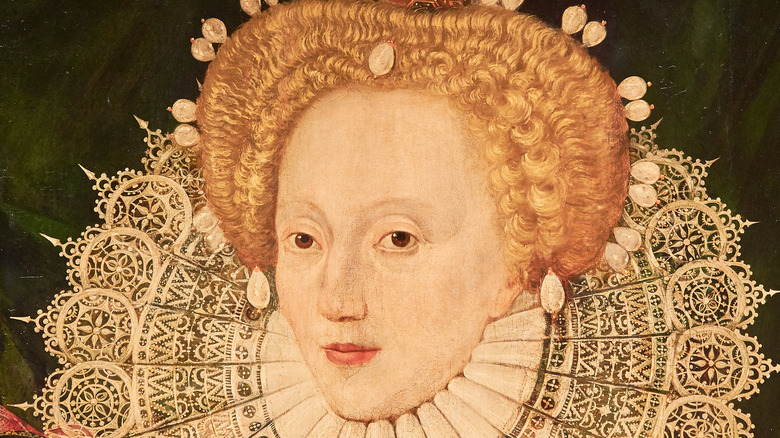
The Deadly Cosmetic Trends Women Once Relied On
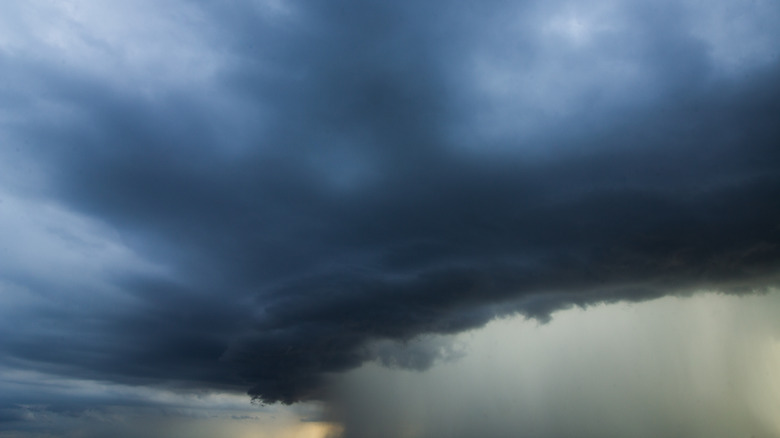
The Truth About The Deadly 1839 Coringa Cyclone
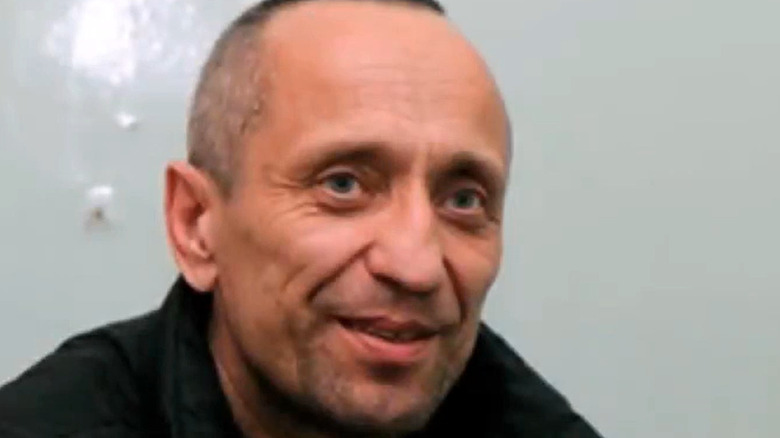
The Chilling Truth About The Russian Werewolf Killer

Here's How Many UFO Sightings Have Been Reported In The Hudson Valley

The Truth About Baba Vanga, The 'Nostradamus Of The Balkans'

Frank Sinatra's Friend Makes Bold Claim About Marilyn And JFK
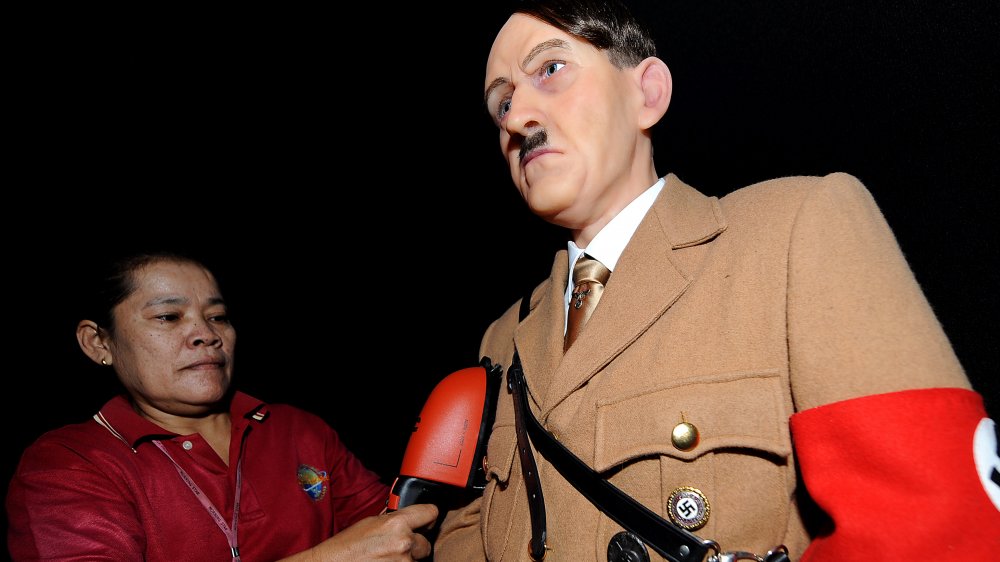
The Truth About The Worst Wax Museum In The World

Scientists Reveal Surprising New Bumblebee Skill

The Strange Truth About The Bermuda Triangle
